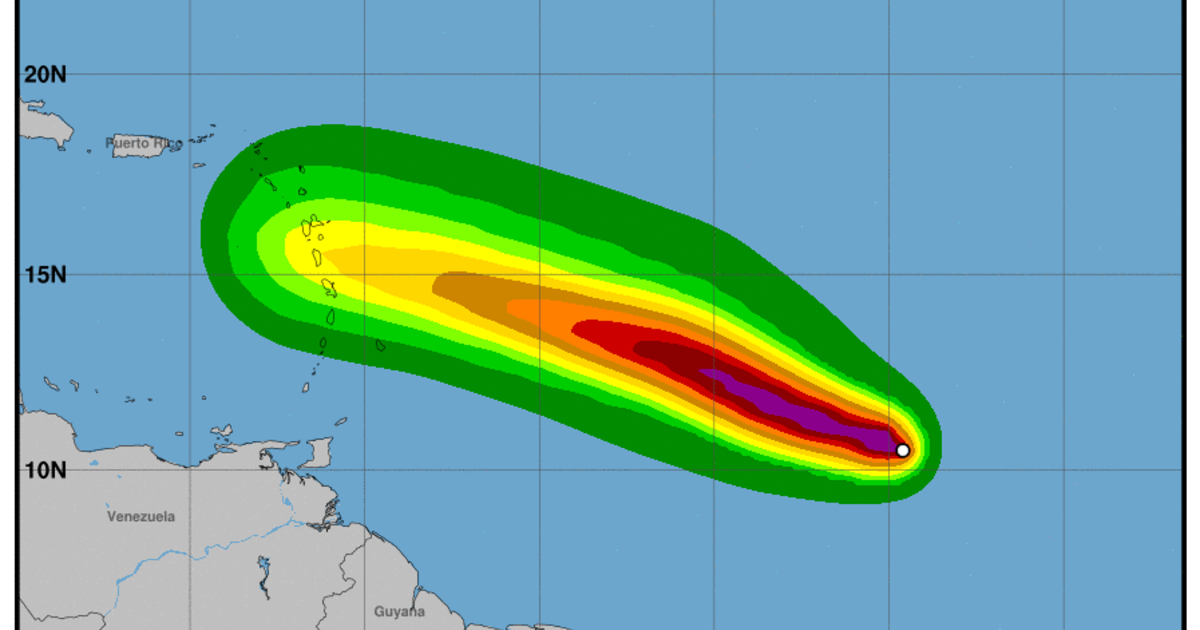Historical Beryl Storm Path and Projected Path

Beryl projected path – Beryl, a powerful hurricane, has left a trail of destruction in its wake as it traverses the Atlantic Ocean. Its historical path provides valuable insights into its behavior, while the projected path forecasts its future course, aiding in preparedness and response efforts.
Beryl’s projected path is still uncertain, but meteorologists are using spaghetti models to help predict its future movement. These models show a range of possible paths, which can help forecasters better understand the potential impacts of the storm. As new data becomes available, the spaghetti models will be updated to provide the most up-to-date information on Beryl’s projected path.
Historical Path
Beryl emerged as a tropical depression on July 5th, 2023, off the coast of Africa. It rapidly intensified into a tropical storm the following day and further into a Category 1 hurricane on July 7th. Beryl maintained its strength as it moved westward, paralleling the African coast.
As we keep our eyes on Beryl’s projected path, it’s crucial to stay informed about its latest developments. For the most up-to-date information on Beryl’s forecast, including its intensity, track, and potential impacts, visit hurricane beryl forecast. By staying informed, we can make informed decisions to ensure our safety and the well-being of our communities as Beryl continues on its projected path.
On July 9th, Beryl made landfall in Cape Verde, bringing torrential rains and strong winds. It weakened slightly as it crossed the islands but regained strength over the open waters.
As Beryl approached the Lesser Antilles, it intensified into a Category 3 hurricane on July 11th. It passed north of the islands, causing significant damage to infrastructure and property.
Projected Path
Beryl is forecast to continue its westward movement, passing south of Bermuda on July 13th. It is expected to weaken slightly as it encounters cooler waters and stronger wind shear.
The projected path suggests that Beryl will turn northwestward on July 14th, paralleling the coast of the United States. It is likely to weaken further as it interacts with land and eventually transition into a post-tropical cyclone.
Potential Impacts of Beryl
Tropical Storm Beryl is expected to bring significant impacts to the areas within its projected path. Understanding the potential effects of the storm is crucial for preparedness and safety.
Beryl is forecast to bring heavy rainfall, leading to flooding and flash floods. Coastal areas are at risk of storm surge, which can cause significant damage to infrastructure and property.
Storm Surge, Beryl projected path
Storm surge is a rise in sea level caused by the force of the wind. It can cause extensive damage to coastal communities, including flooding, erosion, and structural damage. Areas within the projected path of Beryl should be prepared for potential storm surge.
Flooding
Heavy rainfall associated with Beryl can lead to widespread flooding. Rivers and streams may overflow their banks, inundating low-lying areas. Flash floods can occur rapidly, posing a significant threat to life and property.
Wind Damage
Strong winds accompanying Beryl can cause significant damage to trees, power lines, and structures. High winds can also lead to power outages, disrupting essential services and infrastructure.
Power Outages
Wind damage and flooding can result in power outages. Affected communities should be prepared for potential power disruptions and have backup plans in place.
In light of these potential impacts, it is essential for affected communities to take necessary precautions and follow safety guidelines issued by local authorities.
Comparison of Beryl to Other Storms: Beryl Projected Path

Beryl’s projected path and intensity bear similarities and differences to historical storms that have impacted similar regions. By analyzing these comparisons, we can gain insights into the potential severity of Beryl.
Wind Speed
In terms of wind speed, Beryl’s projected maximum sustained winds of 70 mph are comparable to Hurricane Danny in 1997 and Hurricane Chantal in 2013, both of which caused significant damage in the Caribbean and Gulf Coast regions.
Storm Surge, Beryl projected path
Beryl’s projected storm surge of up to 6 feet is less severe than Hurricane Katrina’s devastating 28-foot surge in 2005. However, it is similar to Hurricane Ike’s 6-12 foot surge in 2008, which caused widespread flooding and damage along the Texas and Louisiana coasts.
Potential Damage
Based on historical data, storms with wind speeds and storm surge similar to Beryl have the potential to cause extensive damage to infrastructure, homes, and businesses. It is crucial to take necessary precautions and heed evacuation orders if issued.